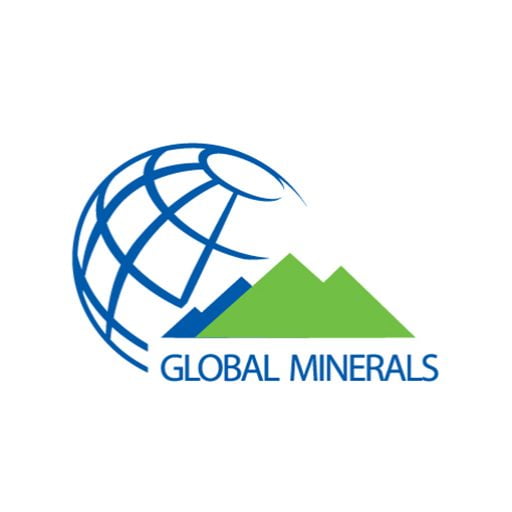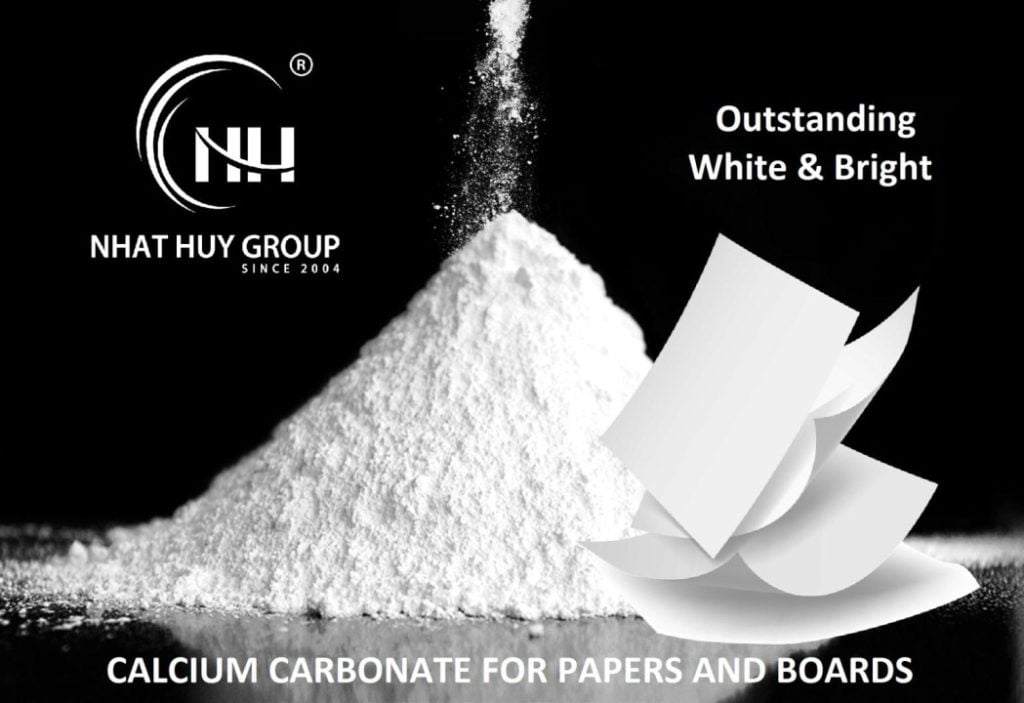Calcium carbonate powder is used in paper mills as a filler material in the alkaline papermaking process. Nowadays, Calcium carbonate powder is dominant over other papermaking filler materials; though at the first stage of papermaking kaolin was 1st choice. The main reason behind the preference for calcium carbonate is the demand for brighter and bulkier paper.
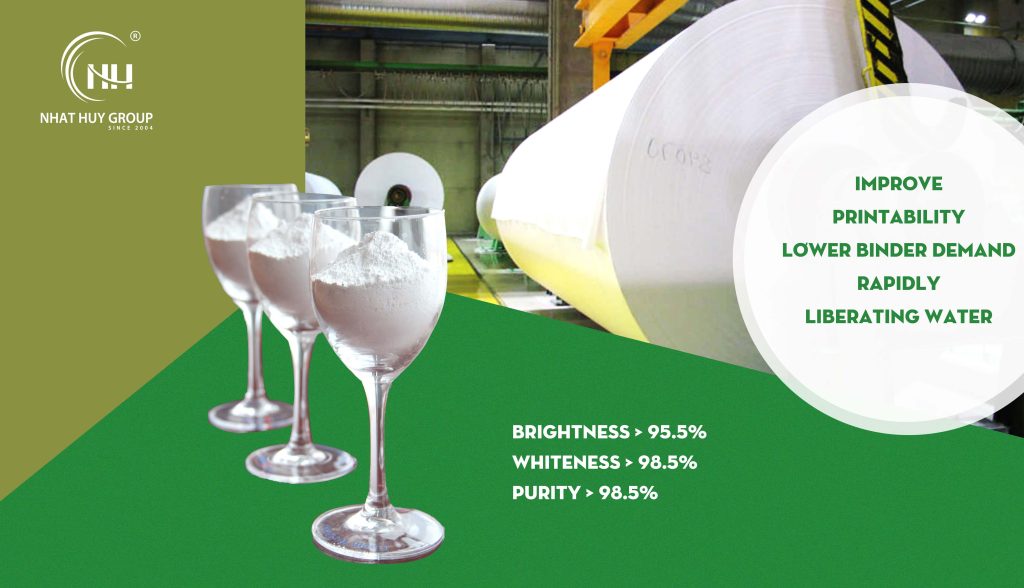
There are significant benefits to the use of calcium carbonate in the al¬kaline papermaking process. But Calcium Carbonate filler is unsuitable in acid papermaking and wood-containing paper.
Usually, Calcium carbonate occurs in three natural forms such as limestone, chalk, and marble. Naturally, it is formed between the reactions of calcium salt and carbon dioxide. This process is still going on in the Oceans.
There are two types of calcium carbonate used in paper mills – ground calcium carbonate (GCC) and precipitated calcium carbonate (PCC).
Ground calcium carbonate (GCC)
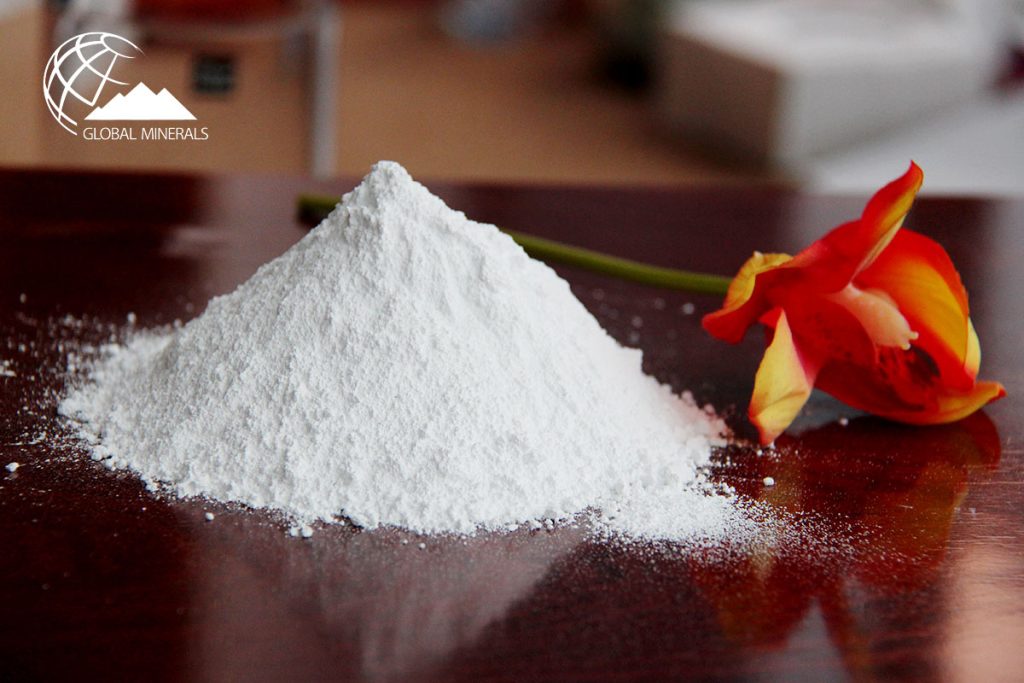
Ground calcium carbonate is manufactured by grinding limestone or marble because of its high brightness and purity. Generally, the particle shape of ground calcium carbonate is rhombohedral. This filler material is used in the alkaline wood-free papermaking process. The brightness of GCC is 86-95%
Advantages of Ground calcium carbonate (GCC)
- GCC is cheaper and it has high brightness.
- GCC creates a porous surface on the paper sheet due to its rhombohedral particle shape.
- GCC is hydrophobic as a result it is liberate water more rapidly.
- Improve printability
- Lower binder demand
Disadvantages of Ground calcium carbonate (GCC)
- The rough particle shape of GCC creates a problem; it is more abrasive and shortens the life of paper machine clothes.
Precipitated calcium carbonate (PCC)
Precipitated calcium carbonate in the form of CaCO3 is manufactured by chemical reactions and the process is known as the carbonation process. PCC improves the drawback of GCC, it provides better gloss and opacity properties for the paper. Because the structure of PCC is different from the structure of GCC. The crystal structures of PCC are needle-shaped, rhombohedral(cubic), scalenohedral (triangular), and prismatic. The brightness of PCC is 90-97%.
Advantages Precipitated calcium carbonate (PCC)
- Increase machine speed and productivity.
- Improve water drainage
- Improve machine runnability
- Improve print quality
- Cost-effective papermaking process
- Increased opacity and brightness
- PCC is less abrasive than GCC
- Reduce fiber consumption compared with GCC or talc
- More retention compared to other paper fillers
Disadvantages Precipitated calcium carbonate (PCC)
PCC-containing paper sheets are poorer in formation than GCC-containing paper sheets.
Read more: What’s different between GCC and PCC?
Manufacturer, Exporter & Supplier of Calcium Carbonate Powder for Paper Industry
Global Minerals – a member of Nhat Huy Group, now is a leading manufacturer and exporter of Ground Calcium Carbonate Powder. Our material quality has been approved by many big paper mills in Indonesia, India, and Bangladesh,…

We can offer you calcium carbonate powder at a low cost. When Calcium carbonate is exposed to acids, it can be highly reactive and this is not approved for utilization in lithographic printing inks. Calcium carbonate consists of silicon dioxide, magnesium carbonate, iron oxide, aluminum oxide, and water.
Quality Calcium Carbonate Powder for Paper Industry
Calcium carbonate is the first choice for manufacturing paper and pulp. This is a highly demanded mineral that can provide you with a whiter and brighter paper. A high-quality paper is judged on its whiteness, rigidity, and smoothness of its surface. All three factors are influenced by the quality of the calcium carbonate powder. Global Minerals has a source of high whiteness (min 98%) calcium carbonate powder which is extremely necessary for the paper.
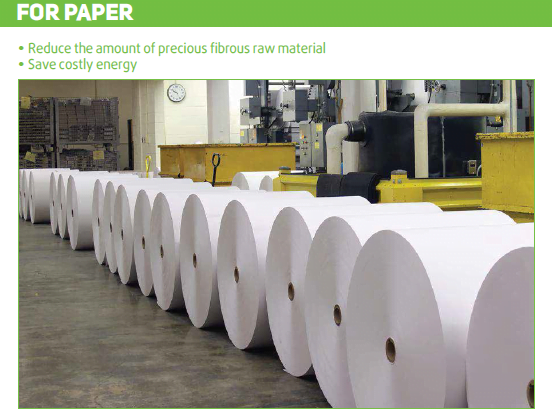
We’re offering the right solution for you with high-quality Calcium Carbonate Powder, in detail:
– High purity: > 98.5% CaCO3 min
– High whiteness: > 98 %
– High brightness: > 96 %
– Oil Absorption: 19-25%
– Good dispersion, environmental stability
Contact us for the best technical information & price!
